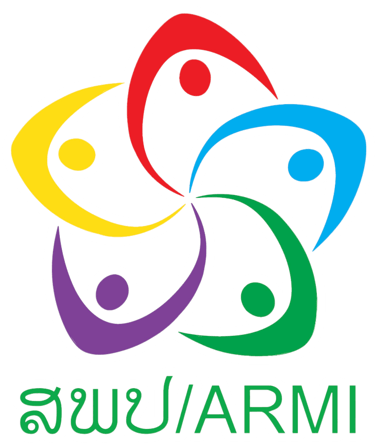

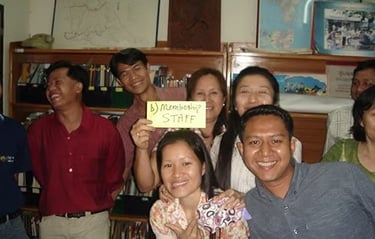

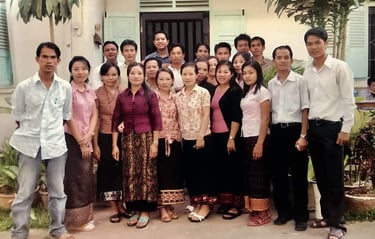
Association for Rural Mobilisation and Improvement (ARMI) is a Nationwide Membership Lao Civil Society Organization that was established in 2006 under the Lao Union of Science and Engineering Associations (LUSEA) and re-registered under the Ministry of Home Affairs (MoHA) license No. 511/MoHA on August 12, 2012.
ARMI was founded by 15 former CIDSE staff members in October 2006, after CIDSE’s members decided that the CIDSE offices in Cambodia, Vietnam, and Laos should become local organizations.
CIDSE-Cambodia, Laos, and Vietnam (Cooperation International pour le Development et la Solidarité) (CIDSE-CLV programme) was funded by a consortium of 16 member organizations based in Europe and North America. They share a common strategy on development approaches, development education, and advocacy, based on values of solidarity, justice, peace, and preferential options for the poor. The program was started in Vietnam in 1997, Cambodia in 1979, and Laos in 1988.
At the CIDSE-CLV Co-coordinating Committee meeting in Montreal in 1996, attendees discussed and agreed that country offices "need to become independent and self-reliant development organizations" and that the member organizations would stay together until at least 2002.
Following that agreement, staff in the three country offices had some meetings together in order to prepare for becoming local organizations so they could continue to develop their own countries.
CIDSE-Vietnam closed its office at the end of 2005, and two organizations emerged: the Centre of Community Socio-Economic and Environmental Development (CSEED) and the Centre for Sustainable Development (SRD), both based in Hanoi, Vietnam. CIDSE-Cambodia was also closed at the end of 2005, and one local organization emerged, Development and Partnership (DPA).
In May 2005, at the Lao member organization (LMO) meeting, it was discussed and agreed that "the CIDSE-Laos office needs to close by the end of 2008". Following that agreement, CIDSE-Laos’ staff has held many follow-up discussions. On April 3-4, the last workshop was held in the CIDSE Laos office. Fifteen CIDSE staff decided to set up a membership association registered under the Lao Union of Science and Engineering Associations (LUSEA) on October 10, 2006.
ARMI was re-registered on August 9, 2012, under the Ministry of Home Affairs (MoHA) and changed its name to "Association for Rural Mobilization and Improvement (ARMI)" in order to fit the decree No. 115/PM on the establishment of the association in Laos, which was approved on April 29, 2009.
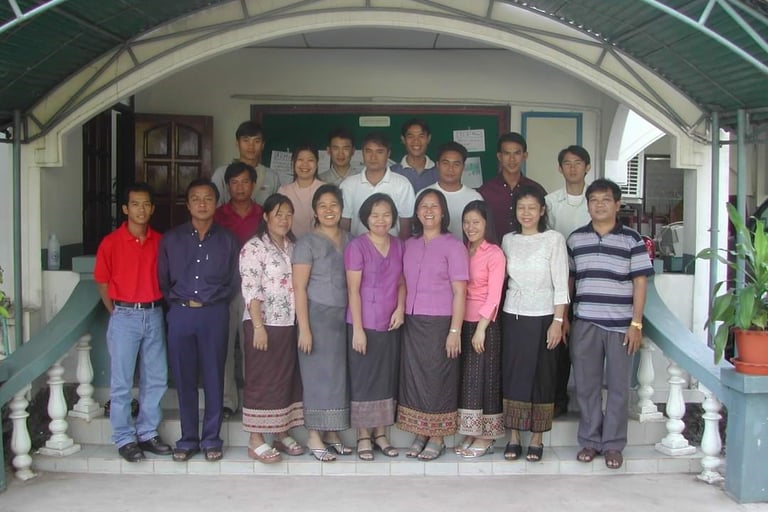




Vision
ARMI aims to contribute to the well-being of all-ethnic groups based on mutual respect, equal opportunities, care for the environment, and the sustainable use of resources

Mission
To build capacities amongst target groups to improve their quality of life for their well-being in green and sustainable ways

Target Groups
Rural communities and the poor and disadvantaged, especially children, youth, women, and people with disabilities (PWDs)

Values
Solidarity, Participation, Transparency, Effectiveness, and Opportunities for All

Five-Year Strategic Plan (2021-2025)
of the Association for Rural Mobilisation and Improvement (ARMI)



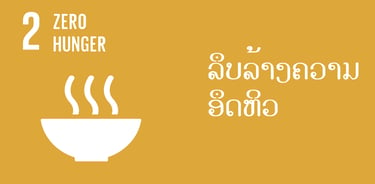


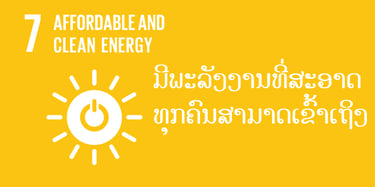
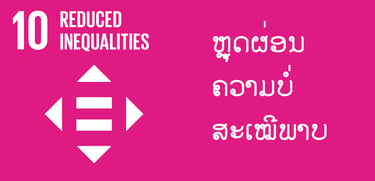


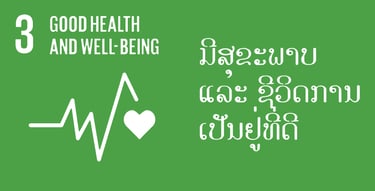
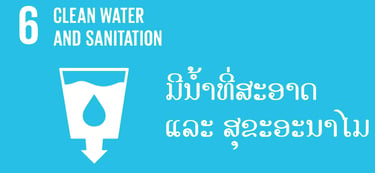

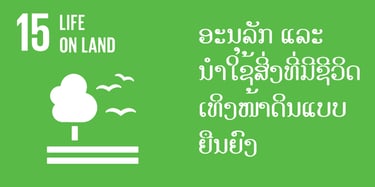
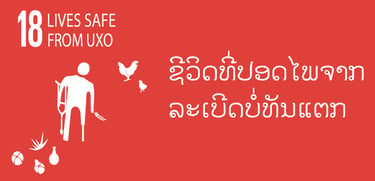

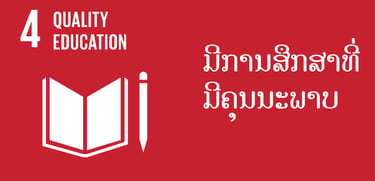



to reduce poverty through increase food security
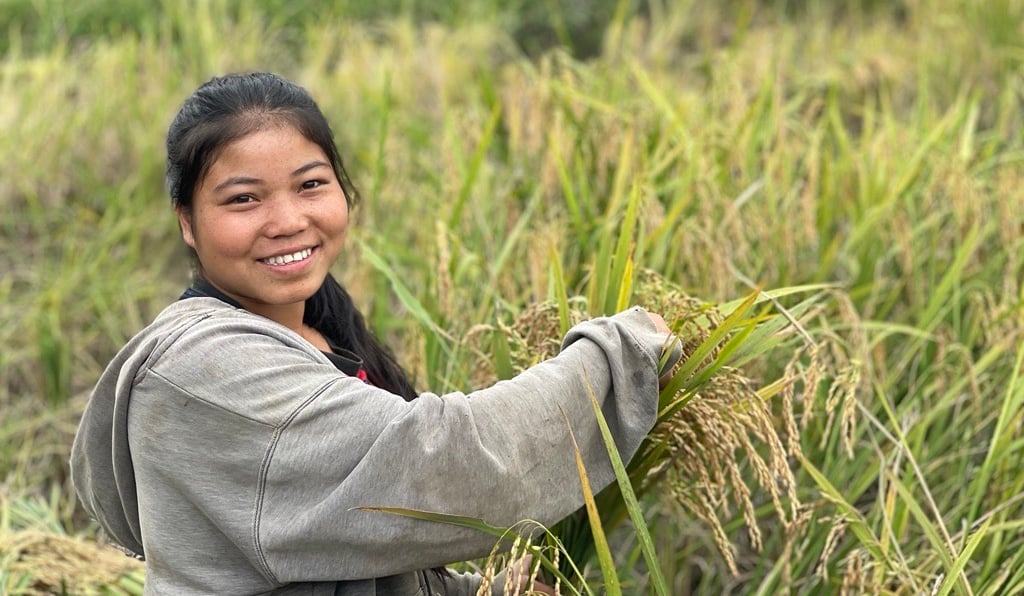

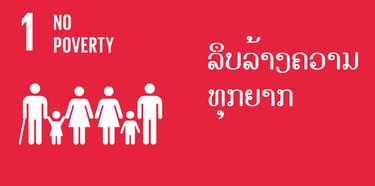

The way of life of Lao people in rural areas still relies on nature, and they earn a living according to the season. Due to a lack of habit, some families do not consume food throughout the year, while others continue to raise livestock and engage in farming using local techniques. This results in productivity that is lower than it should be, which has an impact on the local population's ability to support themselves, leading to hunger and poverty at all levels, from the family to the village and community. Therefore, in order to contribute to the reduction of poverty by upgrading the food security for the people in rural areas to get better development gradually, continue to develop the countryside and solve the poverty of the people universally by promoting the production of goods, promoting the professions, and using advanced technical techniques in order to raise the production along with stable occupations and a sustainable livelihood.
This goal is to contribute to the 9th National Social-Economic Development Plan, or NSEDP (2021-2025), in output 1: poverty alleviation in rural and remote areas, and people’s livelihoods, cultural values, and media work improved, which is under outcome 3: The enhanced well-being of the people, including their living requirements and mental conditions, has been gradually upgraded. Moreover, it is also a contribution to the Sustainable Development Goals SDG 1: End poverty in all its forms everywhere, and SDG 2: End hunger, achieve food security and improved nutrition, and promote sustainable agriculture.
Main Activities
Capacity Building for the target groups
Promote agriculture and production techniques
Promote income generation
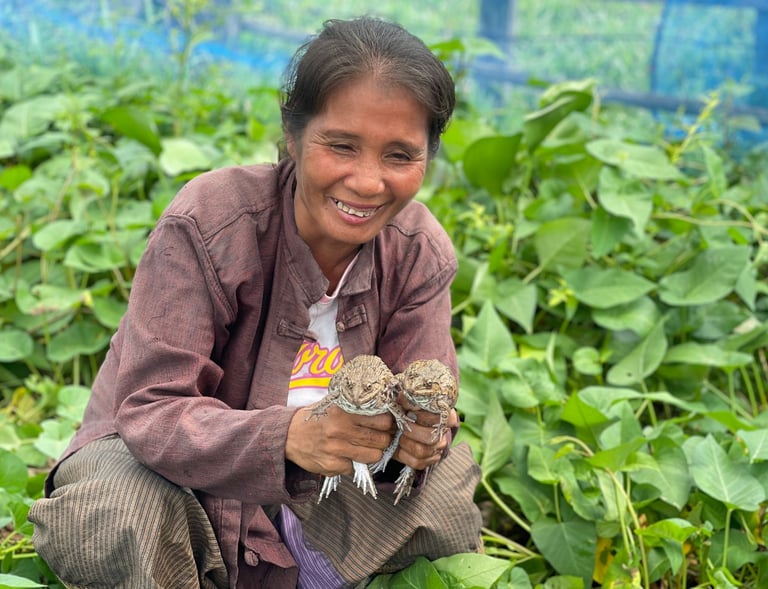


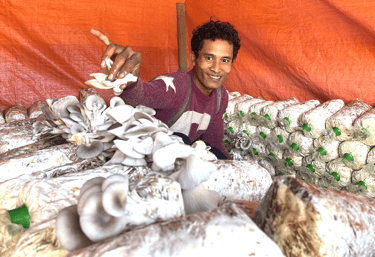

To promote nutrition and wash for better health for all in the community
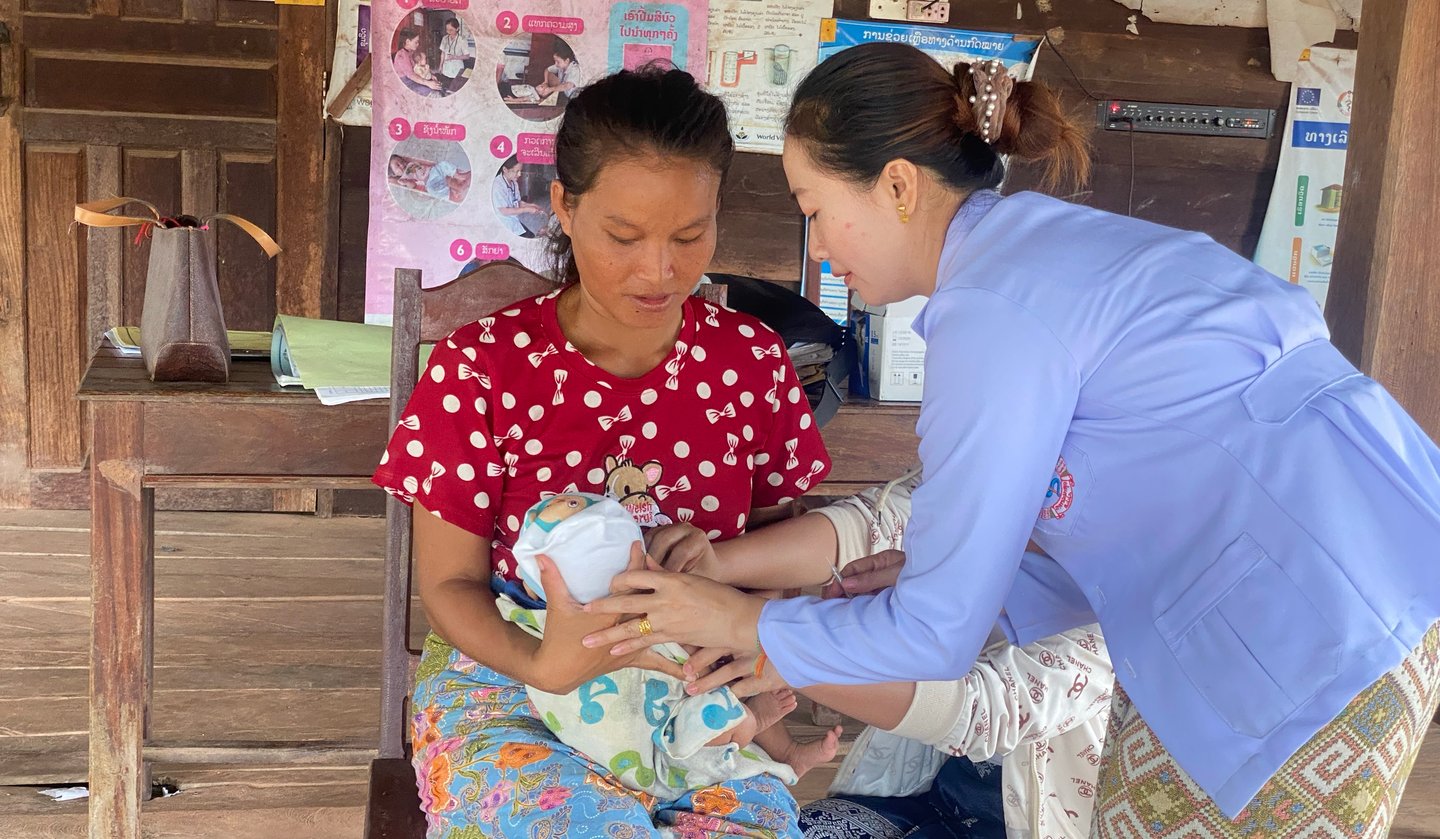



When compared to metropolitan areas, the problem of malnutrition in rural areas is still relatively frequent, with 89% of the population having an appropriate food consumption pattern and another 11% of rural households consuming innutritious food. In 2015, 35.6% of children under the age of five had stunted growth, 25.5% were underweight, and 9.6% were wasting. As we know, rural areas are remote, and some places do not have access roads, making it difficult for health services to reach, so this health problem spreads among children in the poorest families three times faster than in families with a good status. Therefore, we have implemented activities to promote nutrition in the community to reduce food shortages, and public health work needs to be continuously developed.
This goal contributes to the organization of nutrition and health strategies for the target community to have better health gradually and to contribute to the ninth 5-year National Social-Economic Development Plan (NSEDP-9) (2021-2025), which is mentioned in the output 1: More inclusive and better-quality healthcare services and nutrition under outcome 2: Improved quality of human resources to meet development, research capacity, science, and technology needs, and create value-added production and services. In addition, it also contributes to the Sustainable Development Goals. SDG 2: End hunger, achieve food security and improved nutrition, and promote sustainable agriculture; SDG 3: To ensure healthy lives and promote well-being for all at all ages; and SDG 6: Ensure availability and sustainable management of water and sanitation for all.
Main Activities
Capacity Building for the target groups
Promote good nutrition
Promote good health
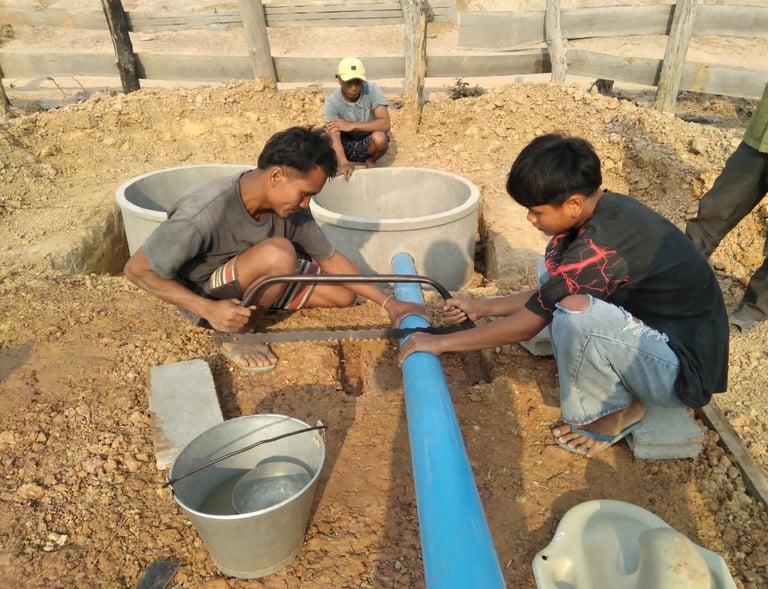


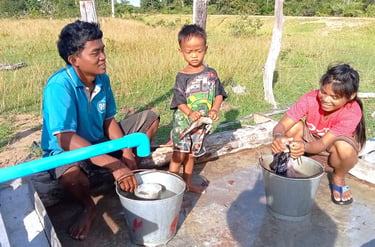


To protect the environment and natural resources through green-growth and sustainable ways
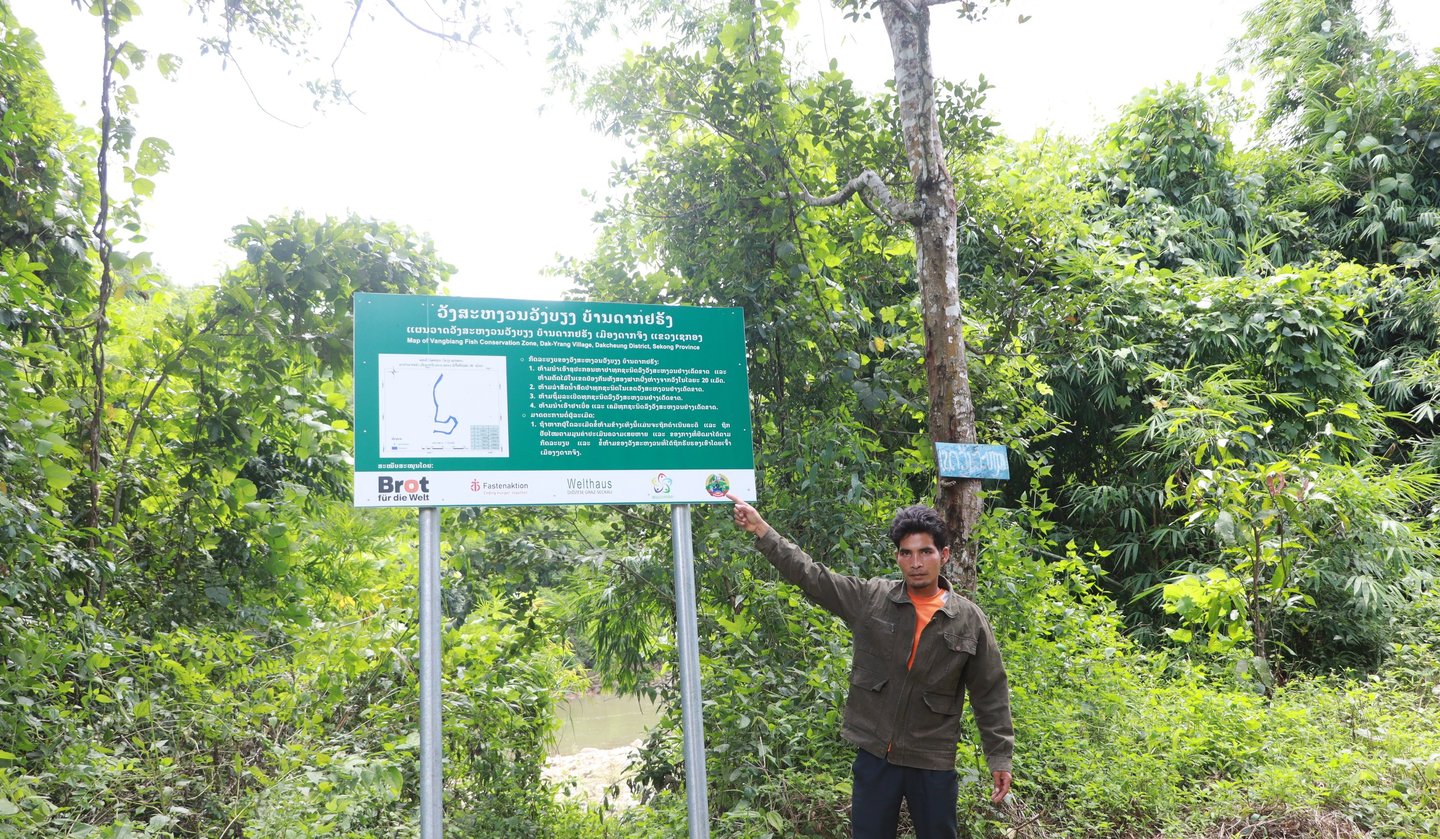



People in rural areas continue to rely on agricultural production and forest resources as a source of food and to survive. As a result, natural resources, particularly forest products, are diminishing. Therefore, this goal aims to contribute to promoting community participation in the sustainable management and use of natural resources, to contribute to risk reduction and post-disaster recovery, to contribute to the implementation of green growth strategies, and to solve climate change problems, ARMI has implemented some projects.
This goal contributes to the ninth 5-year National Social-Economic Development Plan (NSEDP-9) (2021-2025) as follows: The first focus is on the management and sustainably use of natural resources, second is on green growth and addressing climate change; and the third is Intensify disaster preventive, management, and recovery efforts. The three aforementioned above are under the 4th outcome: Environmental protection is enhanced, and disaster risks are reduced. In addition, it is a contribution to the Sustainable Development Goals. SDG 7: Ensure access to affordable, reliable, sustainable, and modern energy for all, SDG 13: Take urgent action to combat climate change and its impacts and SDG 15: Protect, restore, and promote sustainable use of terrestrial ecosystems, sustainably manage forests, combat desertification, and halt and reverse land degradation; and halt biodiversity loss.
Main Activities
Sustainable natural resources use and management
Disaster preparedness and post-disaster recovery
Green growth and solutions to climate change
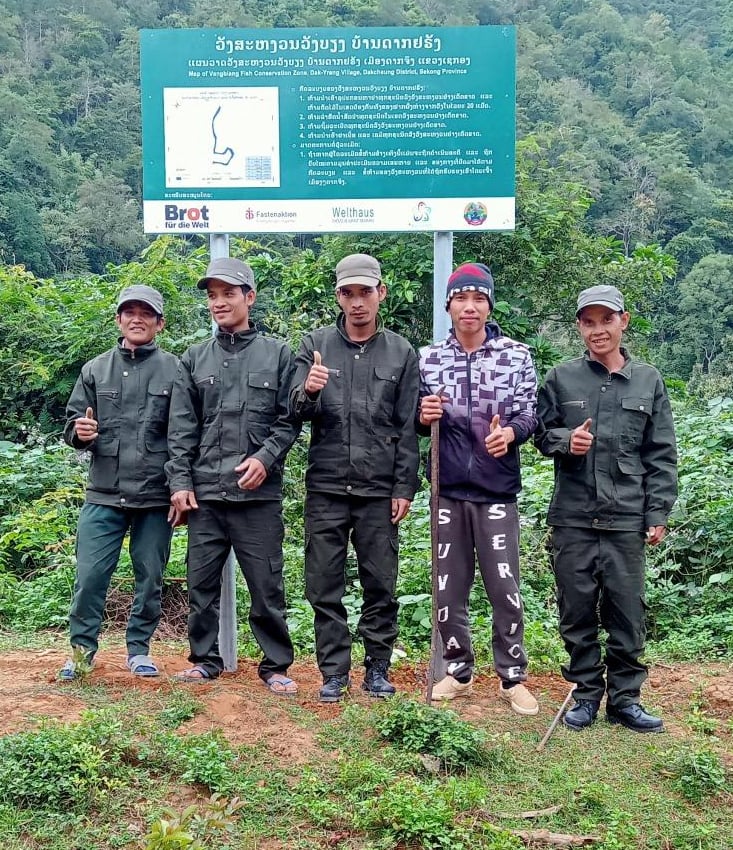

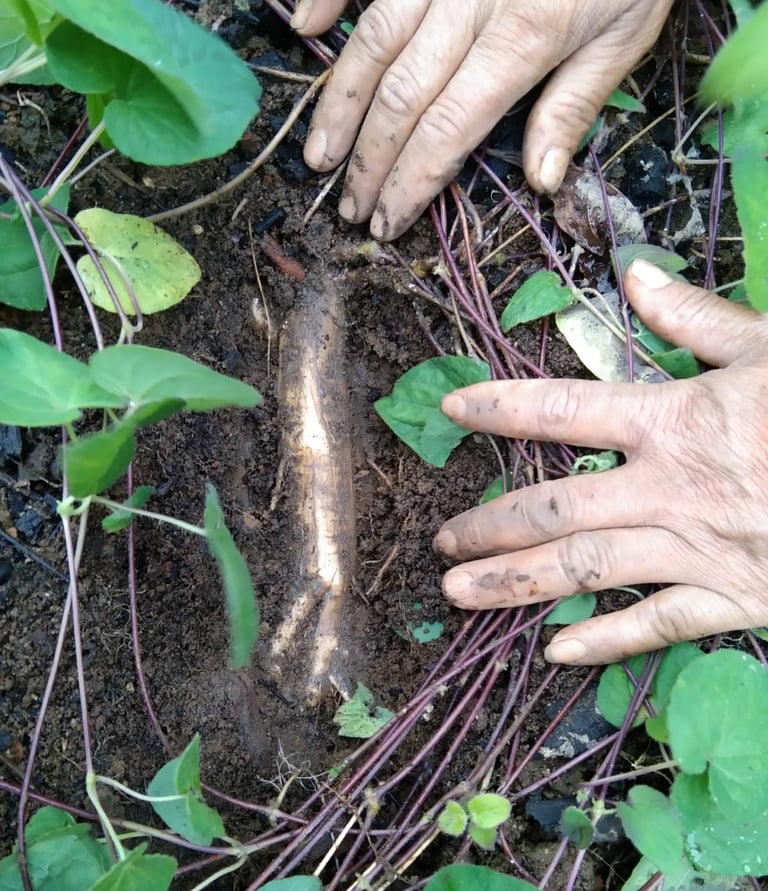

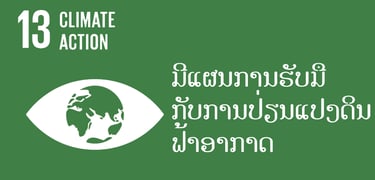

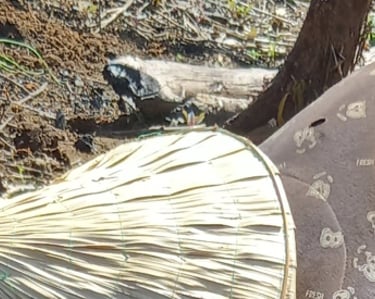

To promote the participation of the community in quality education
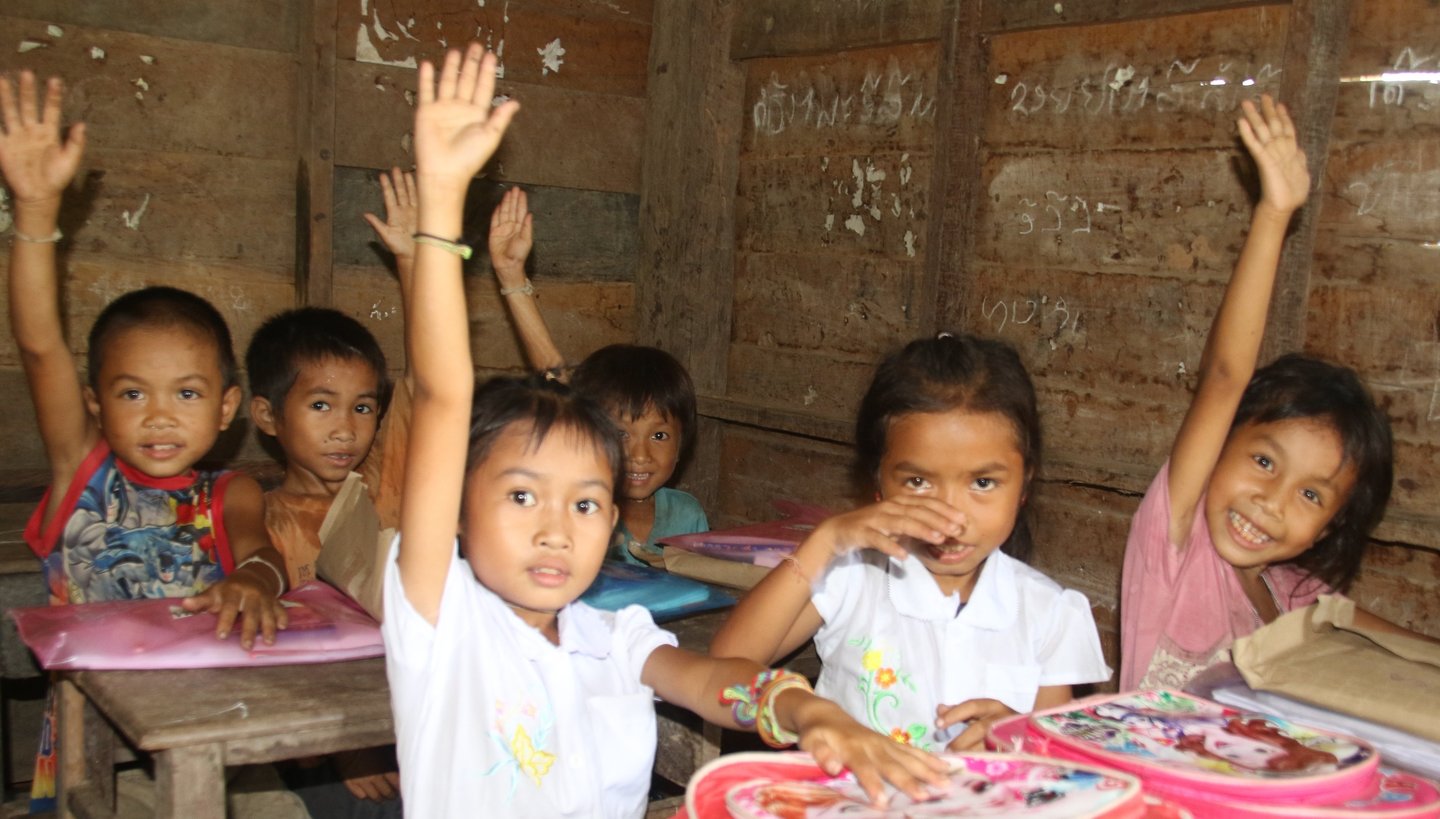


Rural communities, particularly those that are distant, continue to experience numerous educational issues. Because education is inaccessible, children and young people living in rural areas still have relatively low rates of attendance, school completion, and reading. Infrastructure issues are still not enough. In 2015, approximately 1,500 primary schools did not complete their grades. Therefore, this goal is to promote the participation of the community in quality education.
This goal contributes to the ninth 5-year national social-economic development plan (NSEDP-9) (2021-2025) as follows: output 2: Improved quality of all levels of education and conditions created for access to education to support readiness for regional and international integration and Industry 4.0, which is the outcome 2: Improved quality of human resources to meet development, research capacity, science, and technology needs, and create value-added production and services. In addition, it is a contribution to the Sustainable Development Goals (SDG 4: Ensure inclusive and equitable quality education and promote lifelong learning opportunities for all").
Main Activities
Improves school facilities
Promote the creation of green, clean, and beautiful schools
Teaching and learning support
Capacity building for the village education development committee

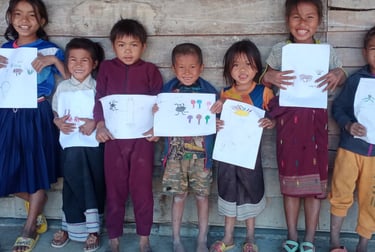
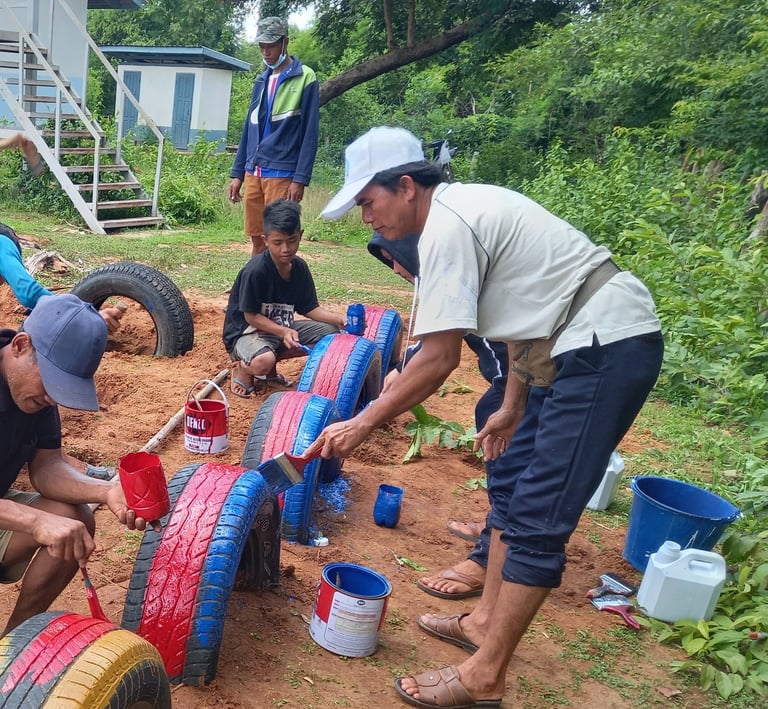


to promote community-based inclusion development

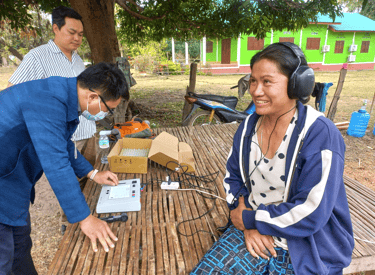
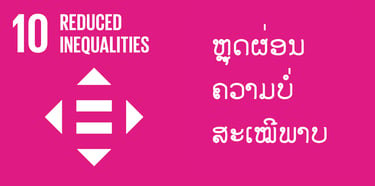
A significant problem for the development of Laos is the under-participation of individuals with disabilities in their families and communities, which demonstrates that they do not participate equally in family and community activities. In the past, people with disabilities were just behind and did not have access to other areas as well as people without disabilities, such as education, services, and opportunities to help one another and engage in other activities in society. Therefore, this goal is to promote the development of a participatory community of people with disabilities so that they can live in society as equals, have facilities that facilitate comfort, and have income that improves their lives.
This goal contributes to the ninth 5-year National Social-Economic Development Plan (NSEDP-9) (2021-2025) as follows: output 3: Promoting and creating the opportunities for women, youth, children, the disadvantaged, and the disabled to be developed and contribute fully to the development of the social economy; and output 5: Unexploded Ordnance (UXO) clearance progressively accelerated and more lives made safe from UXO. Both outputs are under the outcome 3: Enhanced well-being of the people. In addition, it is a contribution to the Sustainable Development Goals (SDG 10: Reduce inequality within and among countries) and (SDG 18: Lives safe from UXO)
Main Activities
Capacity building for target groups
Promote the creation of sources of food and income
Promote access to education and sports for children with disabilities
Promote woks and accessibility
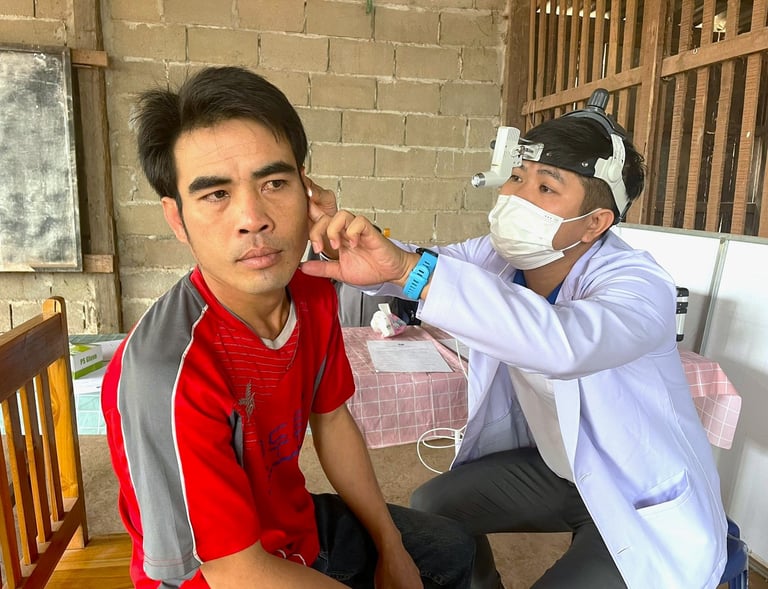

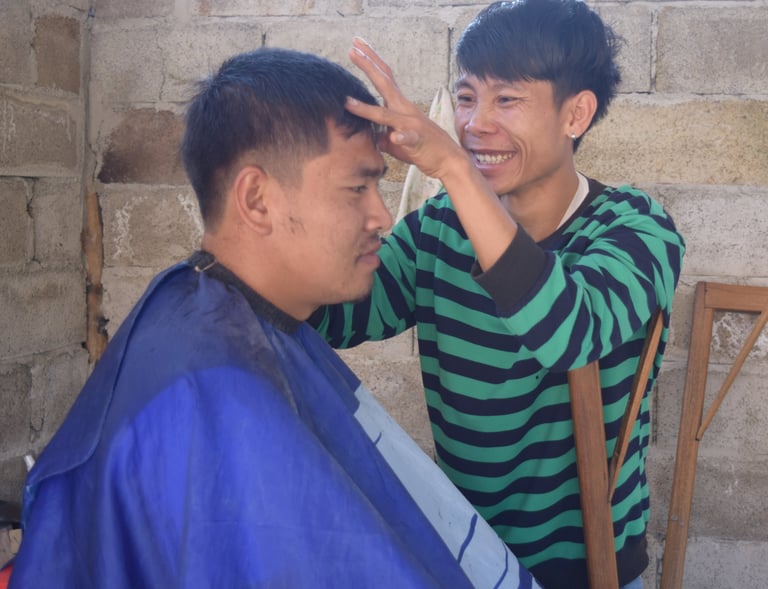


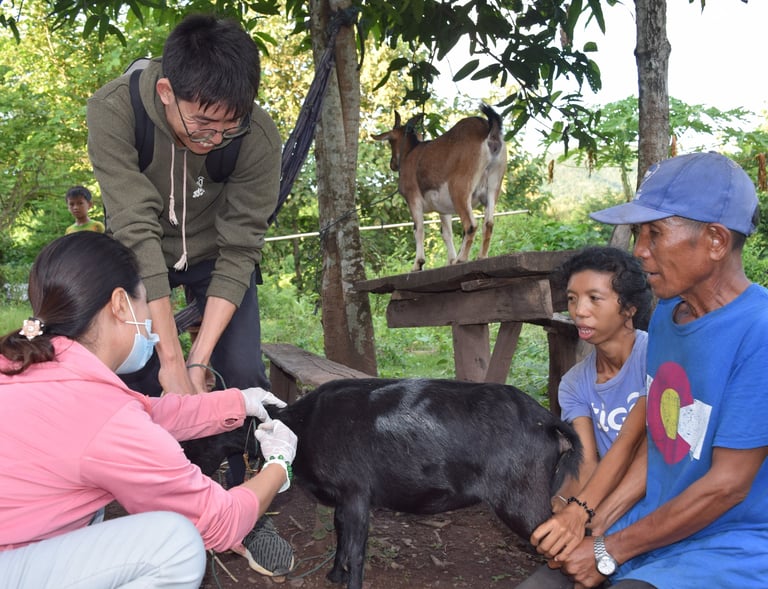

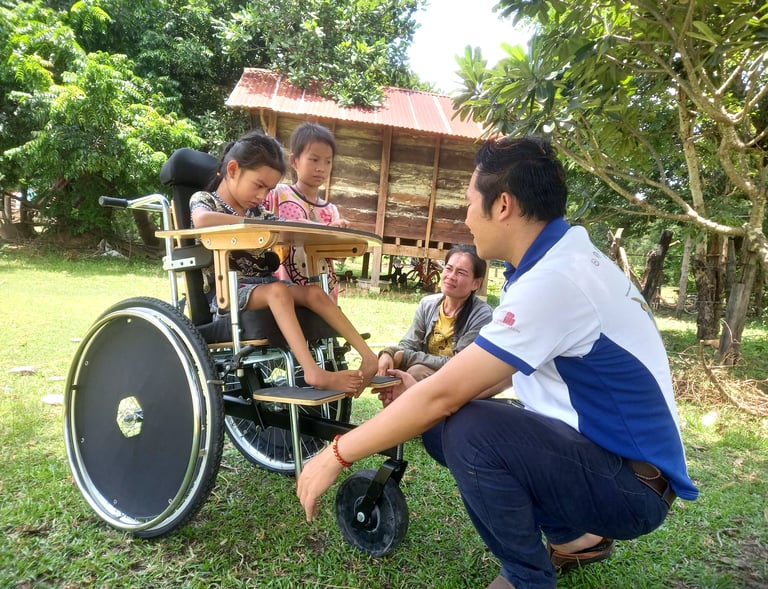

Vilay Road
House 046/05
Sounantha Village, Kayson city, Savannakhet province
Tel/Fax: 041-252717
E-mail: info@armi.la


